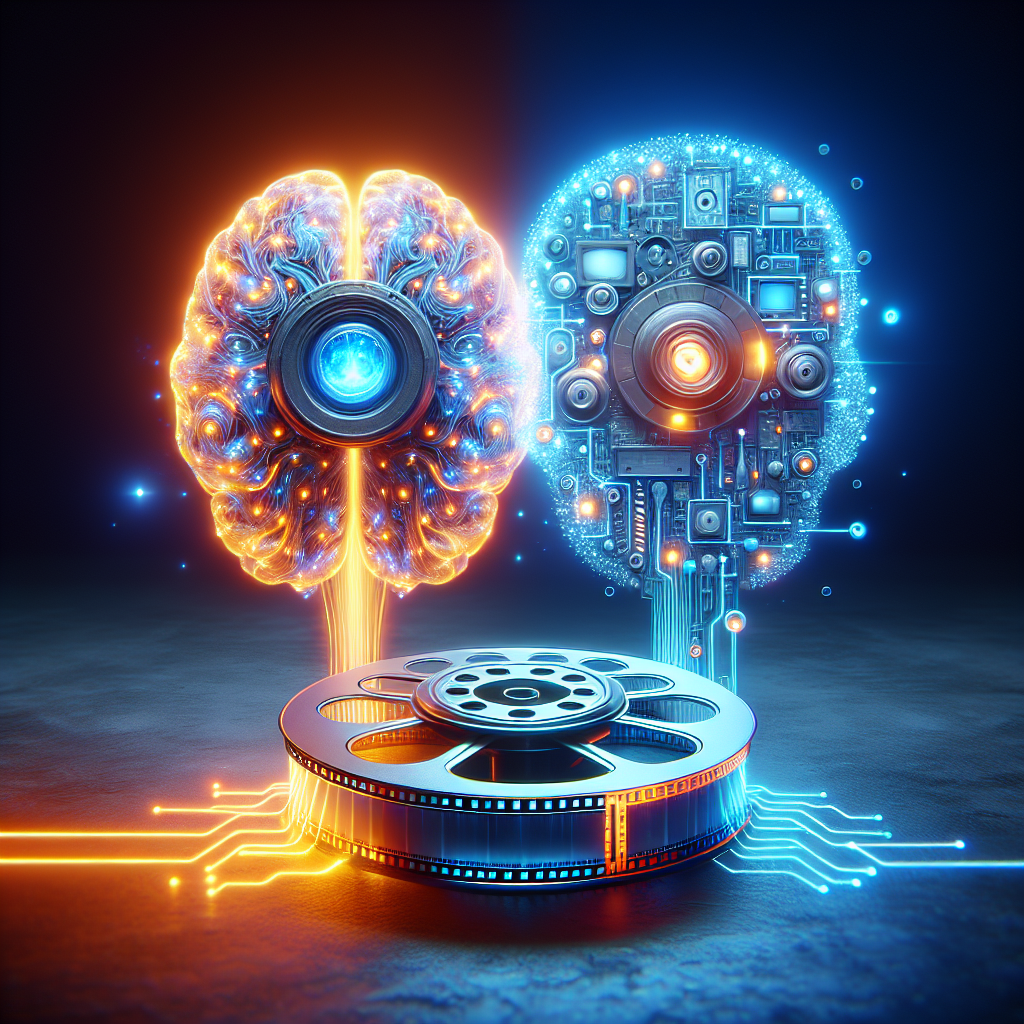With the rapid advancements in technology, the fields of artificial intelligence (AI) and machine learning (ML) have become increasingly popular for various applications, including video analysis. Both AI and ML have the potential to revolutionize how we analyze and interpret video data, but which technology is more effective at video analysis? In this article, we will explore the differences between AI and ML, their applications in video analysis, and determine which technology is more effective in this context.
Artificial Intelligence (AI) vs. Machine Learning (ML)
Before we delve into the effectiveness of AI and ML in video analysis, it is essential to understand the differences between these two technologies. AI is a broad field of computer science that focuses on creating intelligent machines that can simulate human behavior and cognitive functions. AI systems are designed to perform tasks that typically require human intelligence, such as problem-solving, decision-making, and natural language processing.
On the other hand, ML is a subset of AI that uses algorithms and statistical models to enable machines to learn from data and improve their performance over time. ML algorithms can identify patterns and trends in data, make predictions, and automate decision-making processes without being explicitly programmed to do so. In essence, ML is a method of achieving AI by training algorithms on large datasets to recognize patterns and make predictions.
Applications of AI and ML in Video Analysis
Both AI and ML have a wide range of applications in video analysis, including object recognition, action recognition, video summarization, and video surveillance. AI-powered video analysis systems can automatically detect and track objects in real-time, recognize human actions and activities, summarize video content, and monitor surveillance footage for suspicious behavior.
AI algorithms can analyze video data from various sources, such as security cameras, drones, and smart devices, to extract valuable insights and enhance decision-making processes. ML algorithms can be trained on large datasets of labeled video data to improve their accuracy and performance in detecting objects, recognizing patterns, and predicting future events.
Effectiveness of AI vs. ML in Video Analysis
When it comes to video analysis, both AI and ML have their strengths and weaknesses. AI systems are typically more complex and sophisticated than ML algorithms, as they can perform a wide range of cognitive tasks and simulate human intelligence. AI systems can process and analyze video data in real-time, make decisions based on context, and adapt to changing environments.
ML algorithms, on the other hand, are more specialized and focused on specific tasks, such as object recognition, action recognition, and video summarization. ML algorithms require large datasets of labeled video data to train and improve their performance, which can be time-consuming and resource-intensive.
In terms of effectiveness, AI is generally more effective at video analysis than ML, as it can perform a wider range of tasks and adapt to changing environments more effectively. AI systems can analyze video data from multiple sources, identify patterns and trends, and make decisions based on context and prior knowledge. ML algorithms, on the other hand, are limited to specific tasks and require large datasets of labeled video data to achieve optimal performance.
FAQs
Q: Can AI and ML be used together for video analysis?
A: Yes, AI and ML can be used together for video analysis to leverage the strengths of both technologies. AI systems can perform complex cognitive tasks, while ML algorithms can specialize in specific tasks, such as object recognition and action recognition.
Q: How can AI and ML improve video surveillance?
A: AI and ML algorithms can improve video surveillance by automatically detecting and tracking objects, recognizing human actions, summarizing video content, and monitoring surveillance footage for suspicious behavior.
Q: What are the limitations of AI and ML in video analysis?
A: The limitations of AI and ML in video analysis include the need for large datasets of labeled video data, the complexity of training and deploying AI systems, and the computational resources required to process and analyze video data in real-time.
Conclusion
In conclusion, both AI and ML have their strengths and weaknesses when it comes to video analysis. AI systems are generally more effective at performing a wider range of tasks and adapting to changing environments, while ML algorithms are more specialized and focused on specific tasks. By leveraging the strengths of both technologies, organizations can enhance their video analysis capabilities and extract valuable insights from video data. Ultimately, the choice between AI and ML for video analysis will depend on the specific requirements and objectives of the organization.

